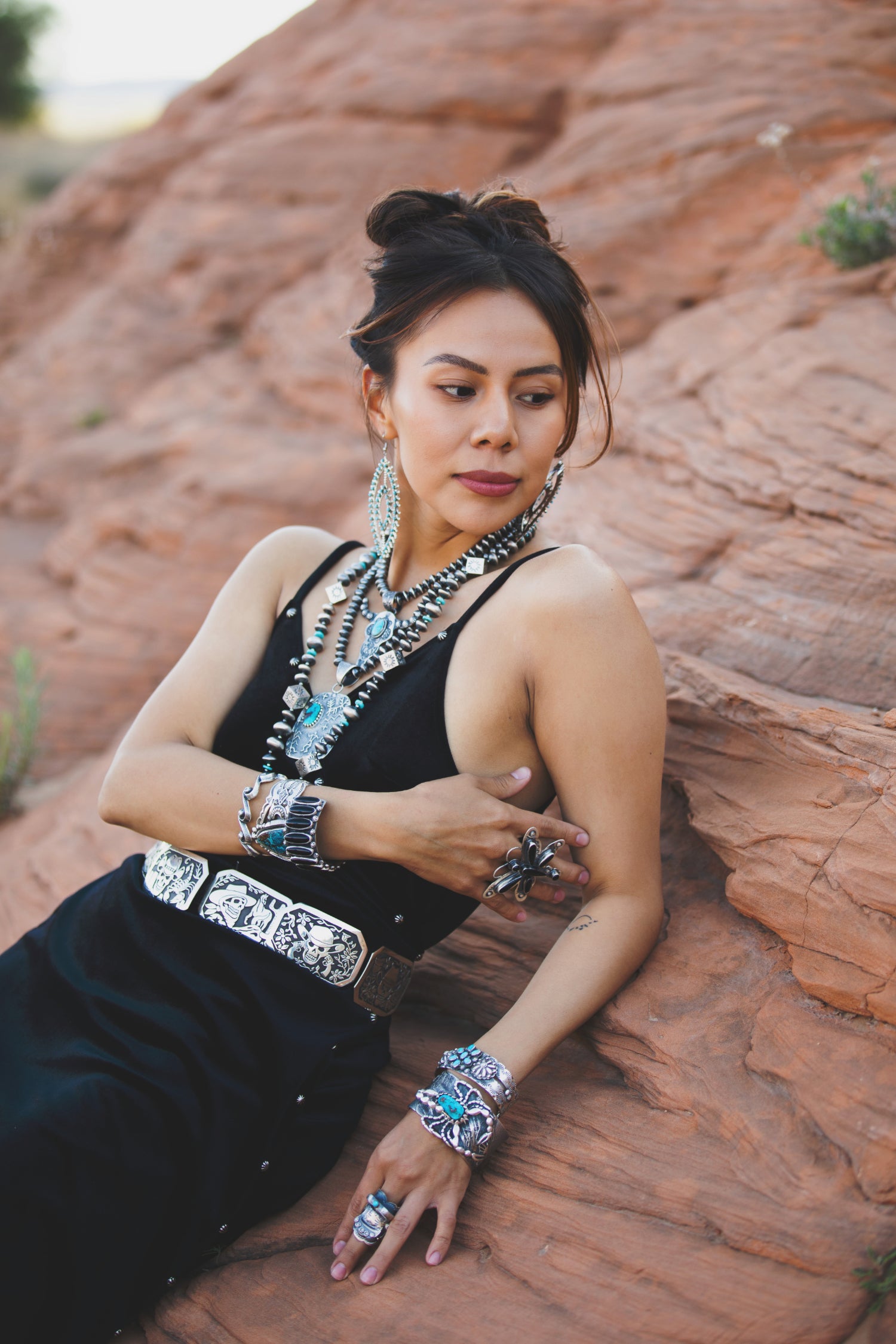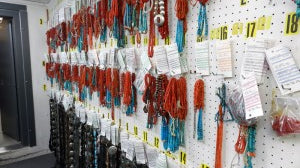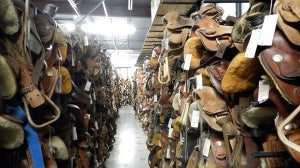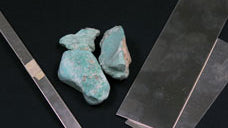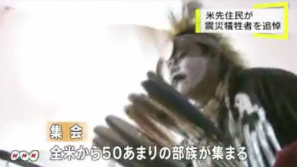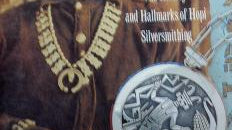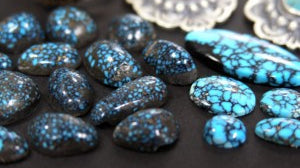Perry Null Trading
Artist Direct Sales
Should you cut out the middleman for artist direct sales?
Many reasons come to mind when buyers want to forgo the middleman and have artist direct sales. First, it is natural to want to hear directly from the artist his inspiration for the piece and the meaning of the work. Second, we are all communicative creatures and naturally like to add names to our list of friends, especially those that we find creative and interesting. Third, many times it is about the wallet, thinking that you have to be able to get it at a better price directly from the artist than through a store. Last, you just might want something custom made that is not available anywhere. These are all the reasons for going to craft shows and markets. Buyers pay a premium in travel and time hunting while the craftsman receives a higher price for the art. However, it is my opinion that many artists just don’t want to deal directly for almost as many reasons.
Dead Pawn – How it Works
In Gallup, New Mexico things are done a little differently than, well say Las Vegas where “Pawn Stars” is filmed. When our customers come into the shop it is never a question of, “what would you like to do, pawn it or sell it”. Here we are always pawning and keeping many very valuable pieces of Native American art secure in our oversized “safety deposit boxes”. Over 90% of our customers return for their pawn items.
Saddles Galore! Check out this Navajo Pawn
Navajo artists like Thomas Curtis Sr., Leonard Nez, Wayne Franklin, & Oscar Alexius have something else in common, the Rodeo. All of them have competed and won big events in the All-Indian Professional Cowboys Association. Big Buckles and Trophy Saddles are as common around here as the pick-up truck. Gallup, New Mexico would be considered a rodeo town and we are proud of it.
Cost of Collecting Native American Art
Tobe Turpen Jr. changed the style of the trading business that his father started in the early 1900s. Instead of providing dry goods and being involved with the wool trade, Tobe decided to go a different direction. He wanted his trading company to promote the beautiful crafts being made by the surrounding Gallup area artists. He wanted to promote collecting of Native American Art.
Indian Friendship Project
Japanese businessman Atsushi Kaneda has been selling Native American art for over twenty years. Over that time he has made some very close relationships with people from the Gallup, New Mexico area. He comes so often that he even has a house in this community. When the devastating Tsunami hit Japan last year, many people in this area felt a closeness to the Japanese people that we wouldn’t have known, if it hadn’t been for our friends, like Atsushi, who makes the trip to Gallup for Native American art. That is why the Indian Friendship Project made so much sense for Atsushi.
Our new Native Art Affiliate Program
Grab yourself a discount!
We know that lots of you love Perry Null Trading Company, and that you tell your friends about the amazing pieces that come through our store... now, you can make a percentage off every sale that you generate!
Identify the Jewelry Maker: Navajo, Hopi, & Zuni
Who made my jewelry? This might be a question we hear a dozen times a day, and the person who asks expects us to be able to identify the jewelry maker. Sometimes we just don’t know and that is when the fun begins. It seems like the number of artists in this area is endless, so many talented people make gorgeous pieces of jewelry here. Gallup mainly sells Navajo, Zuni, and Hopi jewelry and that is what we sell here at the Trading Post.
American vs Chinese Turquoise
The winner of the American vs Chinese turquoise battle?
...which ever color you like the best. We often hear customers tell us they want American turquoise, no Chinese. Since the days Chinese turquoise entered the American market, over 30 years ago, we have seen these stones go through a cycle. At first traders couldn’t believe the quality and color of these foreign rocks, rivaling some of our finest stones. Then Chinese turquoise flooded the market and it seemed Chinese turquoise was all that was being sold and the quality was becoming poorer and poorer. Today, you don’t see much Chinese turquoise, and the stones you do find are from an old source, not new. No matter how you feel about it, just like American rocks, you have some not so great and great Chinese turquoise.
Native American Hallmarks – Artist Identifier
What are Native American hallmarks
Hallmarks are used to identify the maker of a piece of art. Usually they are stamped or etched into the silver. Barton Wright’s book “Hallmarks of the Southwest” is often used as a reference, but will not have newer artists because the publication was last updated over 11 years ago. Also, “Hopi Silver” does a nice job of identifying hallmarks specific to Hopi artists. Both of these books are great tools to help you, but you are going to come across Native American hallmarks that are not identified in these publications. Next, you can turn to the internet to help, however that can become difficult because you don’t have a name to start the search with. Sometimes it can become very annoying because you just want to identify the art.

